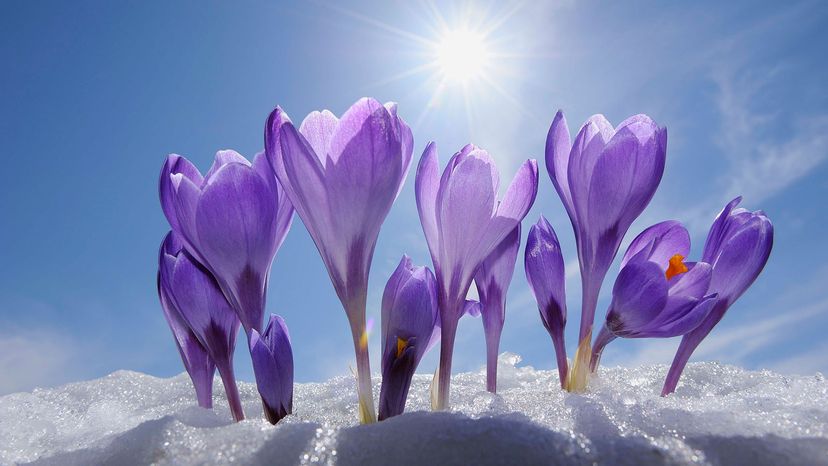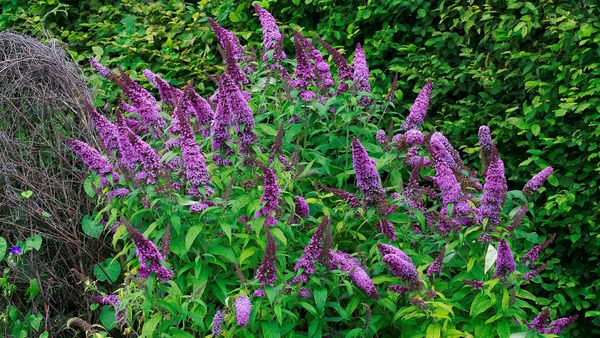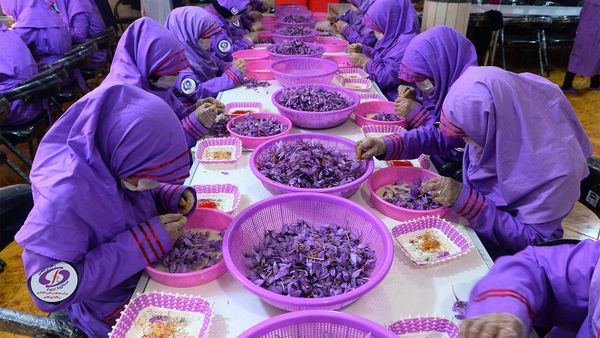
Crocuses are cheery harbingers of spring. The tiny perennials are among the first to burst forth from the ground each year, sometimes even popping their heads out in the snow, thanks to a protective waxy cuticle covering their leaves and petals. And their often-bright colors — purples, yellows, oranges and blues — are a welcome sight after winter's muted tones.
Spring-blooming crocuses, the most prevalent, come in two varieties: the snow or wild crocus, which blooms first, and the more common Dutch crocus, which blooms later and features larger flowers. Select crocus species bloom in the autumn and winter, too. Ready to add some crocuses to your yard? Here are some tips for cultivating these popular, pretty blossoms.
Advertisement


